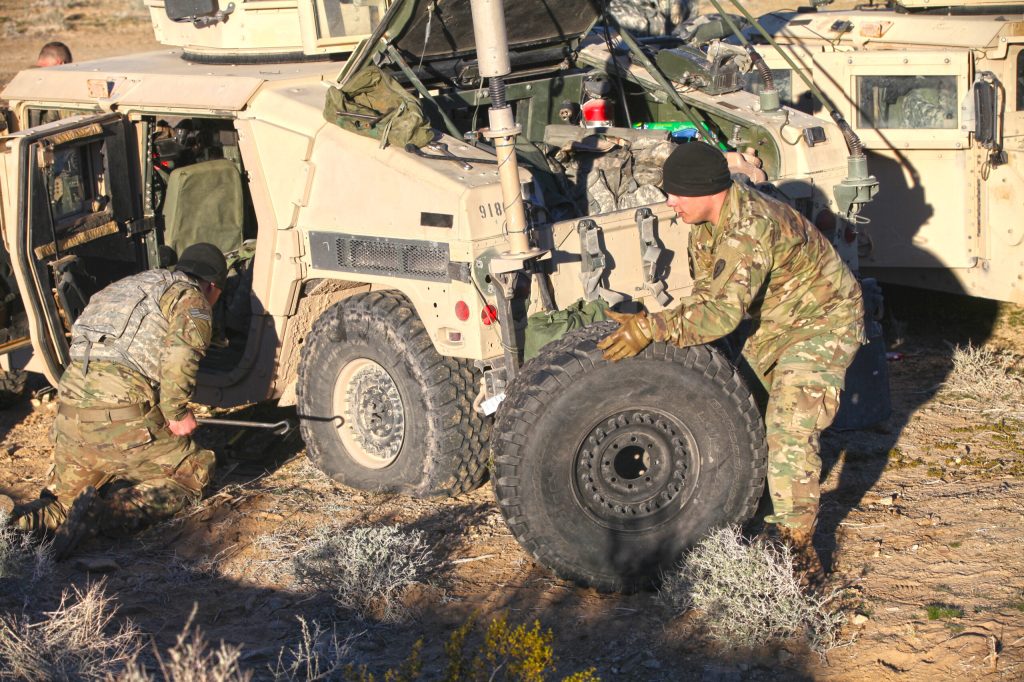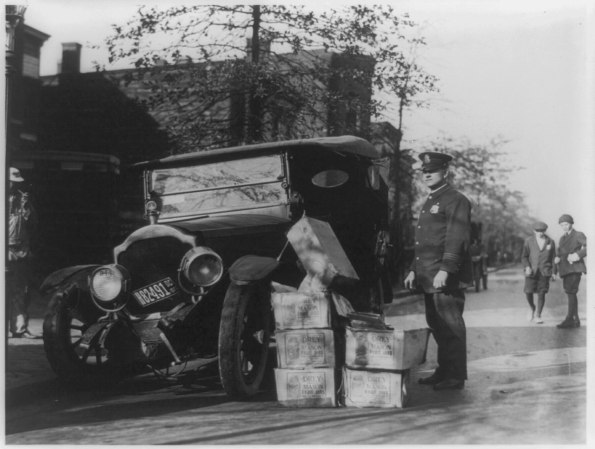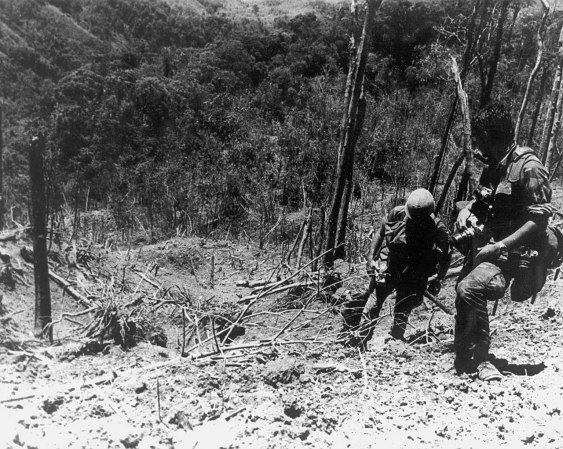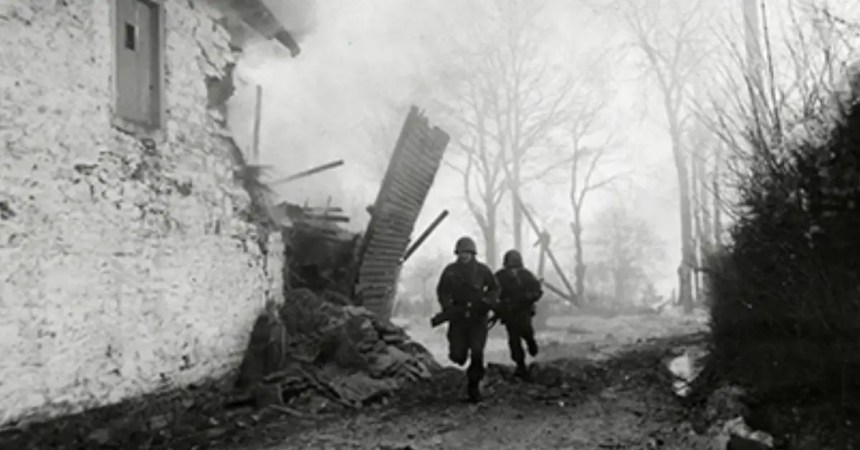Adequate mobility is a crucial logistical issue in the military. Studies have shown the terrain where most of these war theatrics occur is the rugged, harsh jungle terrains and sandy, desert terrains. Manufacturers of military equipment, especially vehicles, ensure the tires offer excellent mobility, stability and durability. Tires are one of the most vital parts of a military vehicle. Anything negative affecting them poses a significant risk to the vehicle’s technology, its occupants and the whole car’s performance. As such, soldiers should be able to rely on their vehicles to get them into or out of the compact zone rapidly.
After the rampant failures of tires in World War II, military vehicles’ tires’ design, performance, and synthetic composition have been changed and improved many times. Different features have enabled military tires to withstand the rough terrain of combat by navigating coarse landscapes even in high-stress conditions.

Material and Tread Design
This is a significant factor in ensuring that the vehicles do not get stuck in sandy, muddy, or uneven terrain. The tire has a robust tread profile that gives military cars a powerful grip. Moreover, the aggressive tread design provides strong driving stability that ensures that military vehicles do not slip to the side when it climbs a hill and dale or when sudden emergency braking is applied.
The design consideration during manufacturing is the rough terrain and worst compact conditions. Here, the material used is optimized to withstand very high stresses compared to standard vehicle tires.
Given that military vehicles carry a considerable amount of weight that comprises troops loaded, the heavy machines, and equipment, the need for their tires to have a significant weight capacity that can handle that entire weight is indispensable.
Flexible axle springs and designs allow the military vehicle to compensate for several underbody surfaces while navigating the terrains. When navigating stony or sloppy terrain or crossing a river, for instance, inflexible axles and unbalanced tires can rapidly graduate to be a safety risk.

Run-flat insert
Military tires are fitted with run-flat inserts that let them run safely for about 80 to 100 km even after getting damaged. A run-flat system is fitted in pneumatic tires as a fail-safe mechanism. When tires are in good working condition, the run-flat insert does not affect the tire, but it prevents full deflation when it loses air. This system ensures soldiers drive into safety if they have a flat tire. Although run-flat is a revolutionary system, military vehicles can only go at a speed of about 30mph when it is in use.
Airless Tires
In an effort to make compact situations safer, the US Army has been testing non-pneumatic tires. Airless military tires have a polymeric web design which gives the tires a honeycomb look. These tires are puncture-resistant, thus eliminating the need for military cars to carry a spare tire.
The military has put in a lot of effort to ensure that non-pneumatic tires meet their specific standards for payloads, traction and handling characteristics.
Airless tires have rendered spare tires useless, which reduces the weight of military vehicles and cuts back the time used to repair tires.










